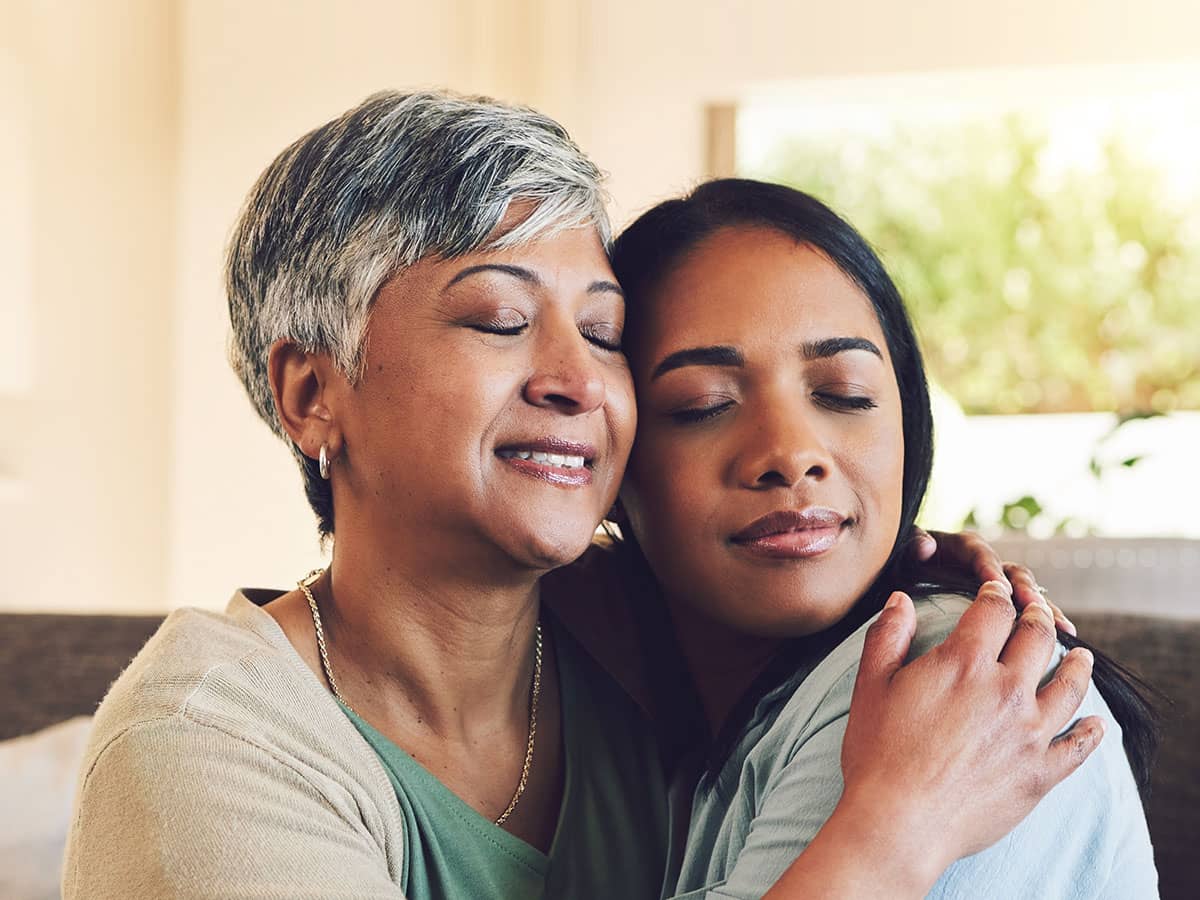
In conservative Christianity, it is quite common for teens to be advised about dating and relationships. But at the very minimum, one in three girls and one in six boys will still eventually experience a traumatic, abusive relationship that includes sexual assault and domestic violence — even inside the faith community.
While so many find themselves gradually consumed by painful, life-shattering, soul-destroying relationships — your teen does not have to be one of them. Learning the five stages of abusive relationships while they are young can prevent tremendous heartache and even injury when they are older.
I work with women who are typically 10 to 25 years into an abusive relationship. In these scenarios, she’s living in abuse, and nobody taught her how to recognize the signs. In fact, her pastors’ comments and the books she’s read in her women’s study groups, have reinforced the assumption that the multi-dimensional misery of her body and heart, is entirely her own fault.
There are also men who have experienced relational abuse from women. While the majority of violent domestic abuse is perpetrated by men, the rates of emotional and verbal abuse are more equal between the sexes.
What your teen needs to know, more than how to play a sport or perform on an instrument or even how to ace a college exam — is how to recognize the five stages of an abusive relationship.
Let’s walk through these one by one.
1. The crack that gets you hooked.
The flirting, the fun, the attraction. It's the crack that gets you hooked. It’s when everything seems perfect and too good to be true. He's giving the attention you crave.
You feel special.
You feel chosen.
You have warm tingles up your spine.
The problem in an abusive relationship is that the good stuff comes with strings attached … “I do this. How come you don't do that back for me?” Or the opposite approach, “You don't need to do that. I'll do it for you!”
It feels great when somebody wants to help you and serving each other in a healthy relationship should be a mutual gift that goes both ways. But, in an abusive relationship (and you won't realize it yet) that perfect feeling also creates a sense of dependence on the other person. This tends to isolate you from caring people who are healthy and safe in your life.
Once you’re hooked on that first teaser of too-good-to-be-true, you’ll often bend over backward to get the good stuff back, no matter how badly you’re treated.
So, the beginning may feel like a whirlwind, and then it starts to turn sour … but not usually overnight. (However, some victims see an overnight identity flip, often on the honeymoon or around the birth of the first baby.)
2. The affection that fakes a bond.
Two types of fake bonding often occur in abusive relationships. The first is intense physical connection.
Physical affection gives the illusion of deep emotional connection. In a healthy, committed, long-term, safe relationship — physical affection increases emotional connection in wonderful and healthy ways.
In an abusive relationship, physical often precedes emotional, and the victim starts to think you're deeply connected. You feel emotionally attached, but the depth is not actually there.
The second type of abusive fake bonding is mostly popular in strongly religious environments and is rooted in a façade of hyper-spiritual connection. In conservative or fundamentalist religious circles, young people may be discouraged or even forbidden from physical contact. But they pray together, study together, or talk about deep spiritual topics at length, forming an intense bond.
This accelerated spiritual bonding creates the same dangerous illusion of being deeply connected, even when deep commitment and genuine integrity are not actually there.
Instead of assessing based on things like, “Well, they must love me because they’re so good, so spiritual, so popular, sweet, or kind…” it’s wiser to ask a very different series of questions, such as:
‘How do they treat people who have nothing to give them?”
“What are they like when it's quiet and there is nothing to entertain them?”
“How do they handle it when someone makes them angry or crosses their will?”
And that leads us to stage three.
3. The withdrawal that makes you insecure.
This is where the abuser in the relationship starts to pull away. But instead of asking, “Hmmm, why are they not committed?” you ask yourself, “What did I do wrong?”
For women especially, it may come naturally to internalize these self-blaming messages from childhood. Instead of assessing character and integrity of the other person, women easily turn the blame inward.
“Something must be wrong with me! Did I have a zit? Did I do something that made him mad? Why did he go silent? What's wrong with me?”
Now, if you were a jerk or you broke trust and acted without integrity or honesty — then obviously you should deal with that. You should work on your own areas of growth, of course. But, in general, women focus the blame for relational failure on themselves.
Whether male or female, the withdrawal stage prompts the victim to start doing everything they did in the beginning that got the crack, the good stuff. Even if they’re erasing themselves to gain approval of a partner showing deception or cruelty.
4. The manipulation that gets you to take the blame.
In an abusive relationship, everything is transactional and manipulative. “You give me this, I'll give you that.” Love cannot exist in a transactional environment.
Manipulation and intimidation don’t have to be presented as a physical threat, although they can also include aggression. The point of this stage is to get you to take the blame for the relationship and to convince you to deny whatever you know to be true.
The popular term for this kind of crazy-making is gaslighting — teaching you to doubt what you know to be true and to wonder if you are crazy — so the other person is off the hook for wrongdoing.
An abusive partner demands that you sacrifice reality for their perception, which is a gain to them, while hurting you. They will use whatever power and influence they have to exploit your best traits to your hurt.
A common misperception is that only those with vulnerable backgrounds get into abusive relationships. In reality, abusers often intentionally target the strongest, most confident person in the room just for the thrill of bringing that person to a point of dependence and isolation.
5. The cruelty that makes you think you deserved it.
Unfortunately, this final stage is where most people assume that abuse starts. But the abusive dynamic has been in place since the beginning. Now it’s overtly visible to outsiders.
By this point, you've accepted the abusive dynamic as reality, and you've been conditioned to accept it as normal. You're living in abuse all the time, they’re messing with your head, you’re taking the blame … and everyone around you is trying to figure out why you're not the vibrant thriving human you used to be.
Culture tells us that this is how we do relationships:
- We confuse conflict with passion.
- We confuse vacillation with romantic chase.
- We confuse loyalty with lack of boundaries.
- We confuse connection with infatuation.
These messages, deeply ingrained, leave you willing to sacrifice any part of yourself, and erase your God-given identity in attempts to get the good stuff back.
Knowing the signs of these five stages in advance can help you have a sense of protection and courage so that when you see these things happening, you know you deserve respect, boundaries, communication, trust, and most of all safety.
If you, or someone you care about, is living in a fog of cognitive dissonance about the nature of a difficult relationship, get clarity with the free mini-course IS THIS ABUSE? You deserve to know what you’re dealing with. Learn more here: http://ideservetoknow.com/ISTHISABUSE.
This article originally appeared on www.christianpost.com.

